Interested in using companion plants for your vegetable garden but overwhelmed and not sure where to start? I’ve made it easy by creating 25 companion plant groupings that are ready for you to use in your vegetable garden this year!
Last week, I sent out an email and shared my actual garden planning spreadsheets with all the plants we are growing this year! FYI – get on my email list if you aren’t yet because I send out goodies like this periodically! I spend a lot of time and energy planning out my garden, but I think it’s only really worthwhile if I get to share it with others! We are a community, after all!
This week, I wanted to share something new with you that I am super excited about: Companion Plant Groupings!
When you google “companion planting”, you’ll find endless amounts of charts, but very few examples of actual companion plant groupings. The charts are helpful, buuuut… when you try to actually piece all those plants together into a functional polyculture, it gets really complicated and confusing! So, I’ve taken a lot of the work out of the equation for both you (and me!) by creating a bunch of companion plant groupings!
But first, let’s talk a little about what companion planting is, how to design companion plant groupings, and why it’s gonna rock the socks off your garden!
What is companion planting (aka: “polyculture”)?
Polyculture literally means “many growing”. It’s the agricultural practice of growing different crops together in order to maximize the benefits of each plant. You may have come to know it by the more common term: “companion planting”.
Historically, Native Americans perfected this method of planting. You may even be familiar with the “Three Sisters” garden. The Three Sisters plant grouping includes corn, squash and pole beans. The corn provides a structure for the beans to grow on, and the beans fix nitrogen to help nourish the other plants, which are heavy feeders. The squash, which sprawls along the ground, acts as a living mulch to shade the plant roots, retain moisture and choke out weeds. It’s a win-win-win and an ideal polyculture grouping!
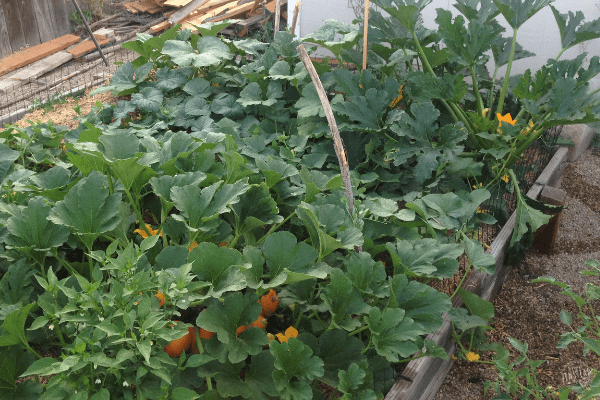
Plants to include in a polyculture:
In a polyculture (also called “guilds” in the permaculture world), plants are intentionally grouped together to maximize the benefits that each one can offer. An ideal polyculture, or companion plant grouping, will include as many of the following plants as possible:
- Insectary plants: this is a plant, like yarrow and borage, that is highly fragrant and produces a lot of nectar or pollen to attract beneficial insects like lacewing, hummingbirds, bees and other pollinators. Highly fragrant plants can also help confuse non-beneficial insects and detract them from the crops they usually prey on.
- Nitrogen-fixing plants: this is a plant, like peas and beans, that can convert atmospheric nitrogen into a usable form. The nitrogen is released into the soil when the plant dies back or is cut back and the plant material is left in the garden to decompose.
- Dynamic accumulators: this is a plant, like comfrey, that has a taproot to mine nutrients from deep in the soil. The plant holds the nutrients in its leaves and stems. The nutrients are released into the soil when the plant dies back or is cut back and the plant material is left in the garden to decompose.
- Different layers of plants: Including a variety of different layers of plants that benefit each other will allow you to maximize your space. Sprawling ground cover plants act as a living mulch to help to retain soil moisture and choke out non-beneficial weeds. Taller plants, can provide dappled shade for lower growing plants. And root plants can happily grow in the space between taller, bushing plants. Vining plants can grow up and in between other taller plants.
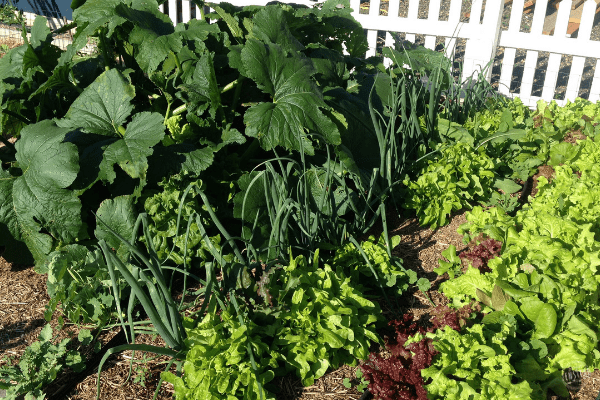
What are the advantages of companion planting?
There is a healthy debate about whether companion planting is actually beneficial to a garden. In my opinion and personal experience, I believe that there are certain advantages. But I also believe that there are a lot of old wives tales! Frankly, there just aren’t tons of scientific, controlled studies regarding companion planting. I do think that this article gives a good overview of some of the studies that have been done and a realistic look at the advantages/disadvantages.
Old wives tales or not, I do believe that there are benefits to companion planting, including:
- Pest confusion: interplanting different crops can help confuse pests and make it much harder for them to annihilate and entire crop
- Disease resistance: like pests, it is much harder for a disease or fungus to move through a crop when it is interplanted with other crops.
- Nutrient dispersion: interplanting heavy feeding plants with plants that accumulate nutrients (or using cover cropping methods) can help reduce the nutritional strain put on the soil
- Beneficial insects: interplanting with flowering plants can help attract beneficial insects and pollinators to the garden

Considerations when developing polycultures or companion plant groupings:
Companion planting can benefit your garden when it’s done correctly. Like anything in gardening, there is plenty of room for trial and error! I experiment with new companion plant groupings every year, and I probably mess up far more than I perfect! Hands on experience is the best teacher, but keeping certain considerations in mind will help increase your success rates.
Here are some things to consider when designing your companion plant groupings:
- Space requirements: Overcrowding can cause issues as plants grow and they may even choke each other out over time. Consider how big your plants will be once they reach maturity. And, when in doubt, give them a little extra room! Over the years, you will become more familiar with your garden plants and you will be able to better estimate the appropriate spacing. Succession planting will also allow you to capitalize on space by interplanting crops that peak at different times. For instance, peas can be planted among larger veggies like squash or zucchini. The peas, which grow vertically to save space, will die back in the heat of summer when the squash plants begin fill in.
- Light requirements: Consider how many hours of light a plant needs and use this to your advantage. Plants that enjoy full sun should not be planted with ones that prefer part shade. You can also use the light requirements of plants to your advantage. For instance, planting lettuce with taller veggies that have broad leaves (like kale or zucchini) can help shade the lettuce as the bigger plants fill in towards the hottest part of the summer.

- Water requirements: When picking out companion plants, make sure they are a good match by considering how much water each one needs. For instance, you would not want to plant a water-loving plant with a drought-tolerant one. Luckily, most annual vegetables have similar water requirements. However, some crops, like squashes and cucumbers, will be more prone to issues like powdery mildew in a humid climate or if their leaves get wet. Keep this in mind as you water your plants, and remember that it is always best to water at ground level for all variety of annual vegetables.
- Nutrition requirements: A great way to pair your plants is to consider how much nutrients they will need. Some plants, like potatoes and garlic are heavy feeders, meaning that they need a lot of nutrients from the soil. Some plants, like peas and beans, are nitrogen-fixing plants, meaning that they can convert atmospheric nitrogen into a usable version. Plants also have different types of roots. Some have taproots which will mine for nutrients from deep in the soil, while others will have shallow roots and will collect surface nutrients. Your goal is try to intermingle plants that have different root depths and nutrient requirements to help reduce competition for nutrition.
- Growth patterns: Consider each plant’s growth patterns to help reduce competition. Does the plant grow as a ground cover (like strawberries), a vining plant (like pole beans), a bush (like tomatoes), etc? Obviously, if you plant a bunch of ground cover plants together, they are going to compete for space. However, a ground cover will happily grow under a bushing or vining plant without having to compete. Plus, it can be quite beneficial to help choke out weeds. You will also want to be careful when planting certain plants, like mints, that can spread quickly and choke out other plants in the area.
- Annuals vs perennials: Consider whether you would like to plant annuals, perennials or a mix of both in your vegetable garden. Perennials can save you money and time because they grow back every year. If you are rotating your plants from year to year, consider your perennial plants when you design your polyculture groupings.
You might also like this post: Natural Gardening Solutions Every New Gardener Should Know!
25 Companion Plant Groupings for your Vegetable Garden:
There are endless charts and tables available online that list companion plants for different vegetable crops. But, if you are like me, it gets dizzying to look at a million different charts (because each one is a bit different) and try to make everything “fit” together! That’s why I started developing a list of companion plant groupings for vegetable gardens!
Please note that there are endless polyculture combinations that you can create! This is by no means an exhaustive list, but rather a resource to get you started. I encourage you to continually try and adapt new combinations that will fit your garden, your environment and your lifestyle!
Combo 1:
tomatoes
okra
peppers
sunflowers
borage
Combo 2:
tomatoes
cauliflower
marigolds
spinach/orach/lamb’s quarters
onion
yarrow
Combo 3:
tomatoes
beets
radish
brussel sprouts
marigolds
Combo 4:
okra
eggplant
peppers
sunflowers
Combo 5:
melons
corn
eggplants or okra
sunflowers
Combo 6:
peppers
eggplant
carrots
onion
basil
Combo 7:
kale
celery
onion
scallions
nasturtiums
marigolds
Combo 8:
squash/pumpkins
radish
lettuce
borage
nasturtium
Combo 9:
cucumber
corn
radish
sunflowers
yarrow
Combo 10:
bush beans
beets
marigolds
cabbage
carrots
rosemary
Combo 11:
bush beans
cauliflower
marigold
radish
peas
Combo 12:
tomatillos
marigolds
nasturtiums
brussels
carrots
basil
Combo 13:
cucumber
lettuce
carrots
radish
peas
Combo 14:
peas
corn
cucumber
turnips
Combo 15:
cauliflower
celery
spinach
tomatoes
Combo 16:
pole beans
corn
carrots
radish
chamomile
Combo 17:
cucumber
corn
pole beans
summer savory
radish
Combo 18:
Squash/pumpkin
onion
garlic
peas
nasturtium
Combo 19:
cabbage
cucumber
lettuce
dill
Combo 20:
strawberry
borage
bush beans
lettuce
spinach
Combo 21:
squash
borage
beans
corn
Combo 22:
amaranth
sweet peppers
okra
basil
parsley
Combo 23:
squash/pumpkin
carrots
beans
nasturtium
radish
Combo 24:
cucumber
cabbage
peas
marigolds
rosemary
Combo 25:
potatoes
pole beans
marigold
basil
What are your favorite companion plant groupings? Share them in the comments!
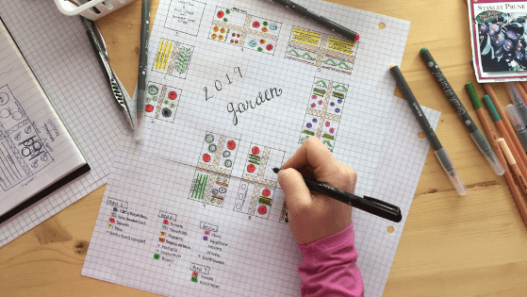

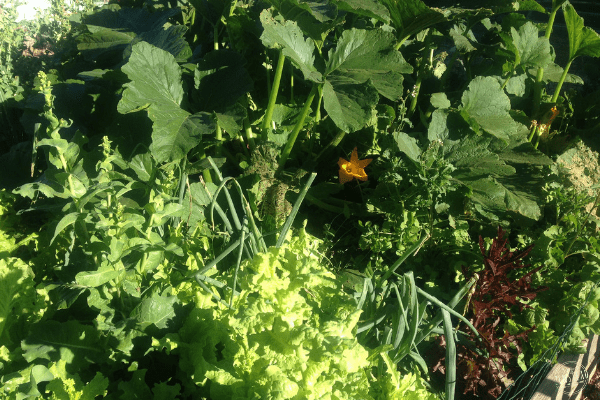
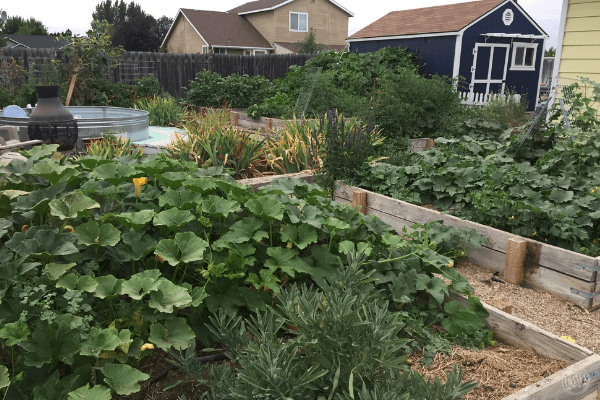
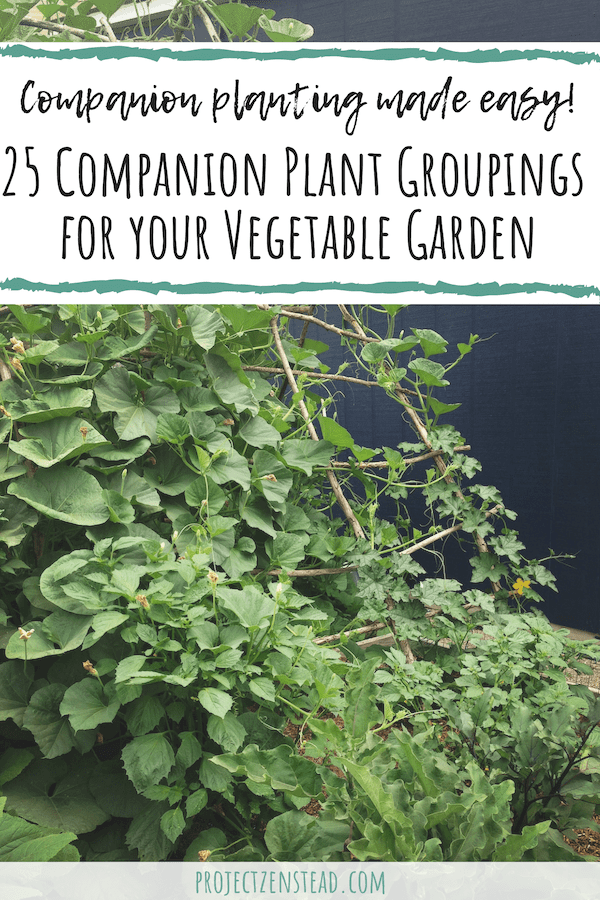



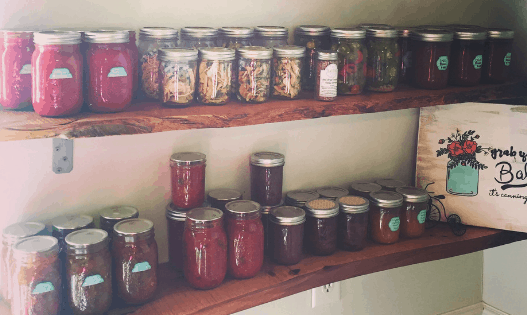

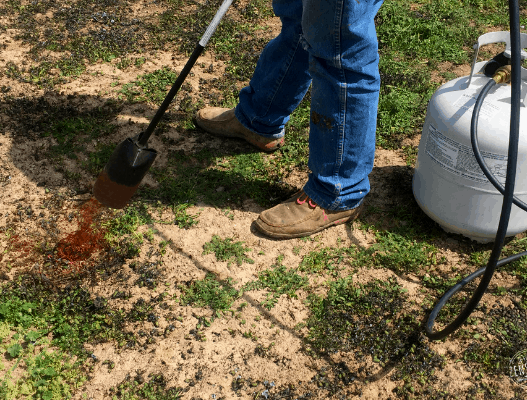
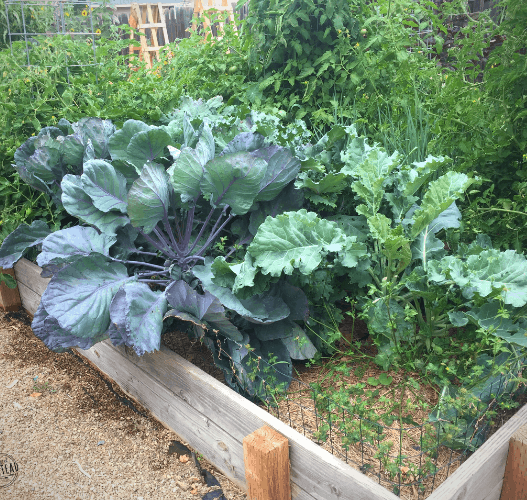
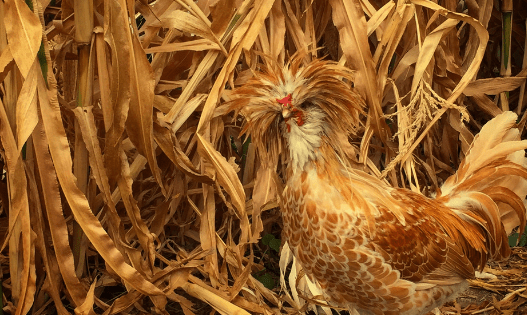
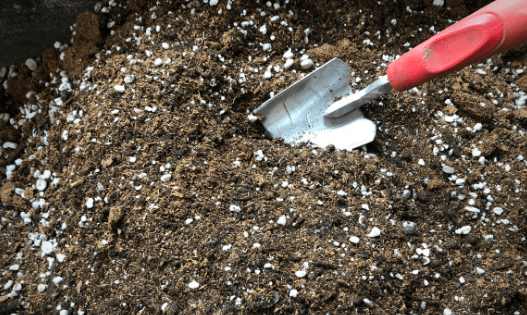


This was such great information. I’m going to be starting my first ever garden in a few months and I have never heard of polyculture before, but after reading this post it sounds like I should try out a few of the combinations you gave in my garden! I’m going to pin this so I can come back once I start my garden and look over it again, thank you!
Oh how exciting! First time gardens are a big adventure! Feel free to let me know if you have any questions or if I can help out in any ways! Happy planting!
Wow! This post is super helpful! I love your explanation and combos you’ve listed at the bottom. Thanks so much for the help. I look forward to planting a garden soon!
I felt like this post might be information overload ? but it’s such a fun topic! It’s like putting together a puzzle – a puzzle that grows food, if you do it right! I’m glad you found it helpful! Happy gardening!
This was so helpful! I like that you broke everything down and even gave examples of groupings. That can be difficult to figure out, especially as a beginner
It’s super overwhelming! It’s taken me years to get this comfortable – and it is a never ending learning process for sure!
What a great post! I love companion planting, but I’ve only ever done two or three plants together at a time. These groupings are awesome! I can’t wait to get out into my garden to try them. Thanks!
I’m so glad it’s helpful! Happy gardening!
This was great! I’ve been meaning to try companion planting for a while but never got around to really doing my research. (Although, a few years ago my butternut squash became a ‘companion’ to lots of plants as it tried to take over my whole garden.) Now, I have lots of ideas!
Oh squashes! They tend to do that! 😀 We are actually planting our squash in beds that aren’t in our primary vegetable garden in an effort to reduce the squash bugs!
Wow! I love this! Your posts are always so thorough and jam-packed with useful information! Thanks so much!
I love these ideas to get started with companion planting. I would love to see exactly HOW you would space the plants or plant them together, if that makes sense.
Also, I would love to get your garden plan that you shared to your email list!
I will send it your way 🙂
This is an awesome post. I am a wanna be gardener but am never really sure of what to put together. I love the grouping combos. Definitely saving this.
I like 3 and 5 .Thank you for sharing your knowledge.
Thank you, thank you, thank you! I just spent the last week trying to plan out companion planting for my first garden… and I could have saved all this time if only I found you first! Thanks again! I would love your garden plan as well if you could please send that.